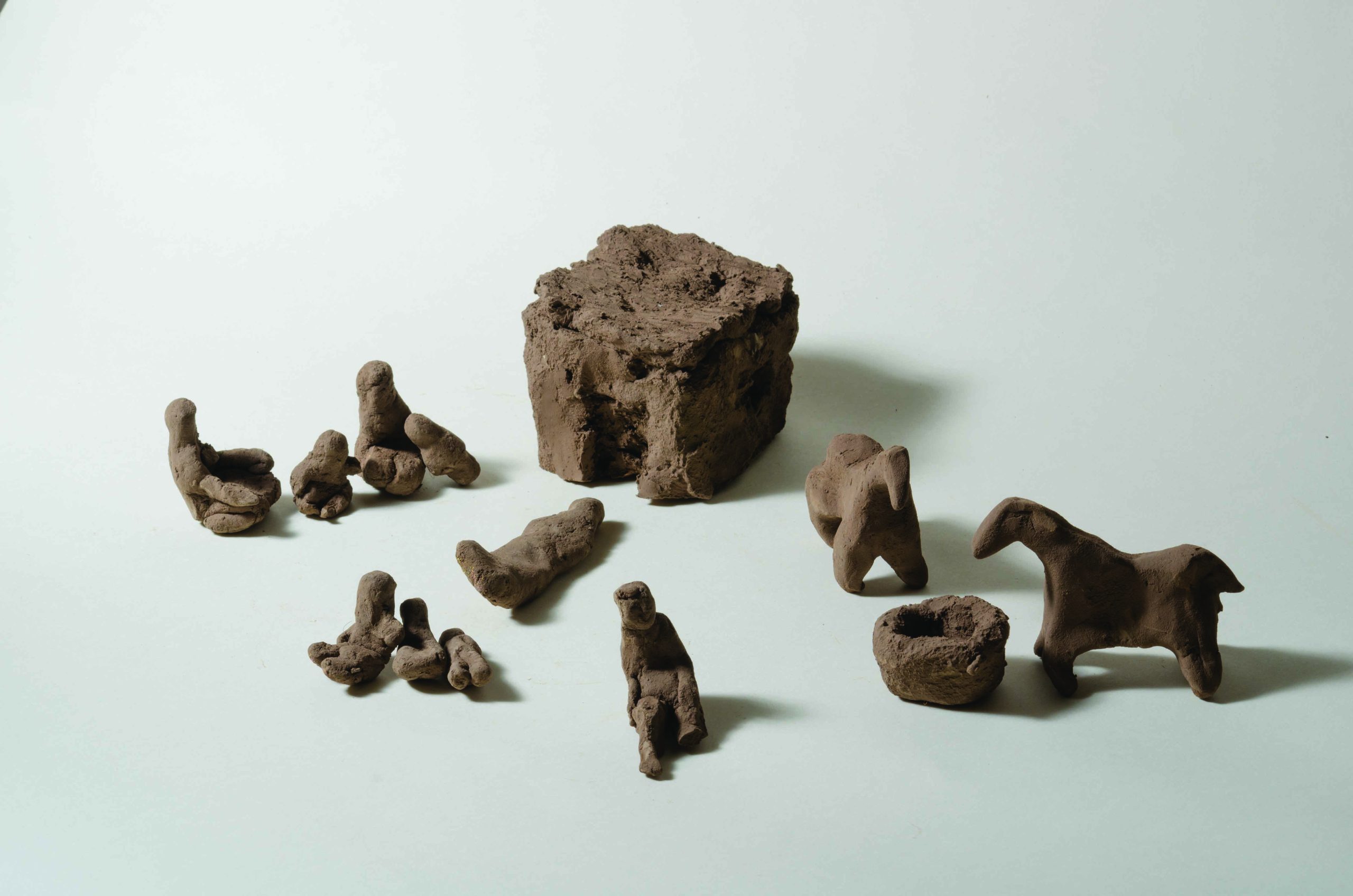Gallardo is a political artist who challenges orthodox understandings of what that means in contemporary art. From early on, her work has tackled reflections that are now at the core of feminisms and gender theories. In works made with next to nothing or with everything around her, Gallardo’s art engages a range of fragile and unstable supports that heighten her practice and hone her identity. Gallardo moves between traditional formats like drawing and painting to video, text, and performance, sometimes exploring territories like sociology and community organizing.
Over the course of her career, Gallardo’s art has expanded and contracted, opened and closed in long processes, as it shifts from instances of intimacy to public display. Her works are steeped in personal stories, both her own and those of others, that are driven by desires and wishes, attempts to deal with passing states and moods and to make visible structural violence. At stake in her work are non-hegemonic emotions that are dismissed as anti-productive in capitalist society. The themes she deals with are family, labor, old age, the art system, and violence against women.
The following questions are what the artist asks herself to begin a piece: How is it possible to live in this world, with these emotions, with this body, at this age? What is the story of my life? What are my resources? In searching for the answers, she establishes ties with others, organizes workshops, and undertakes actions as diverse as dancing and planting a garden—experiences in which a friendship is formed between the artist and her companions. This process yields open works that challenge linear time. The initial question becomes an affirmation that Gallardo offers the viewer: I or we did that to be able to live.


 Gallardo Ana
Gallardo Ana